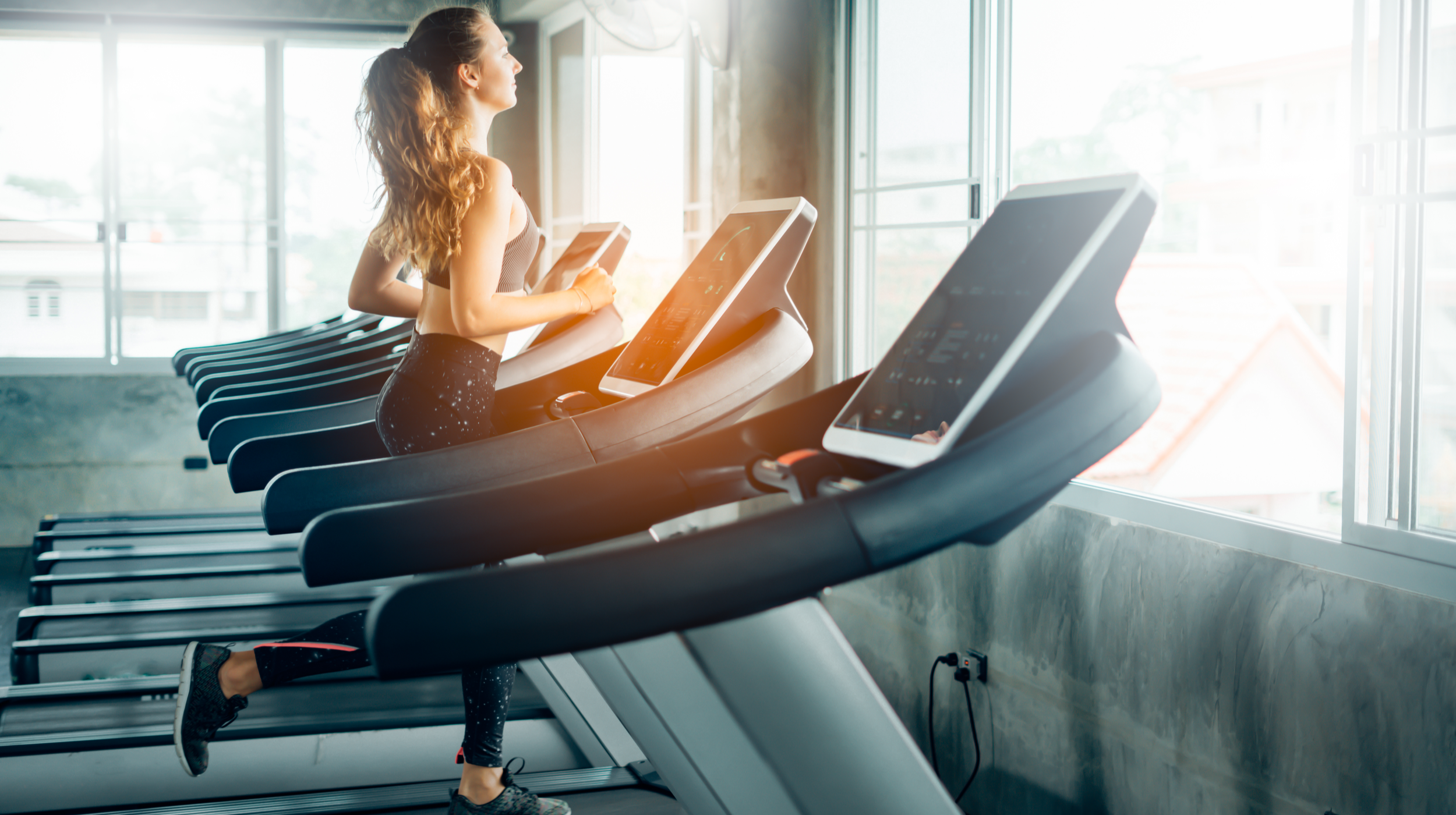Just because a trainer has a certification, does NOT mean they have any clue as to how to properly train. It just means they’re competent enough to not injure you (and even that's a stretch).
Cookie Cutter or Individualized Approach?
Not all trainers are the same. They all have different approaches, and you need to make sure their approach fits YOUR needs. After all, you are the one paying for them.
Some general things I recommend looking for in a good trainer are:
Assessing - they should be doing an initial assessment on you. If your first session with a trainer they just start you right off on a program, run. That is not a good trainer
Injuries - A good trainer should be taking notes, and asking what previous injuries you had, range of motion, etc. They should not have you maxing out on squats if the whole reason you came in was to fix a knee injury.
Goals - Having said that, have they even asked you what your goals are? What about current eating habits? The first session rarely should even be on the gym floor. It should be asking a ton of questions on your daily habits, environment, and all the aforementioned stuff.
Metrics
What gets measured gets improved. Is the hard work paying off? They should be:
Checking for adherence to the SMALL nutrition behaviors they’ve given you
Measuring your body so they can see if you’re gaining size/losing weight
Tracking performance in the gym - are you stronger? Faster?
Photos - can we look back week to week and see how far you’ve come since when you first started? Accountability.
A Plan - did they even go over an outline for how they plan to help you achieve your goals? Or are they winging it?
Continued Education
Anyone can get an ACE or NASM certifications. They really aren’t that hard to pass if you just set aside some time. What have they done BEYOND the bare minimum?
What mentorships or internships have they done?
They may have other certs, but are they respectable, quality ones?
Do they read? An elite trainer is CONSTANTLY reading and seeking out information from those he/she aspires to be to get to that level
Don’t be afraid to ask them these questions. If they get offended, that’s a red flag. They should LOVE talking about what they do. See if you can get a feel for what kind of continued learning they do outside of the gym. Some trainers will light up wanting to talk about the new science they’ve read about. One caveat - while it is great to be a constant learner, don’t let them use that as an excuse to constantly change up your workout routine and plan because every week they learn something new. It’s great to experiment, but at the end of the day you should still be following a consistent plan that caters to your goals.
Lead By Example
They don’t need to look like Ronnie Coleman, but generally speaking, they should look fit and have practiced what they preach. You may not always be able to find this, but generally, I’d want a trainer who's been through what I’ve been through. That way I know, especially when it comes to the sticking points, they will anticipate how you’re feeling and how to adjust. If they haven’t been through it, hopefully they can prove they’ve worked with enough clients that have.
Caring About You
Helping you lose 10 pounds is their job. Implementing the daily habits week to week is your job.
They need to be slowly implementing new behaviors that allow you to achieve results. This is a marathon not a sprint. If they can’t help you make changes you see yourself still doing a year after they’re gone, then they haven’t done their job. I always used to tell my clients, my goal is for you to not have to stick with me forever. If I’ve my job correctly, I’ve helped you hit your goals while also teaching you the skills along the way so that eventually you can go off and do it on your own.
At the end of the day it’s not about the money. It’s about you. They NEED to be caring about your wellbeing and overall mindset throughout the process. A great coach makes his or herself available those other hours of the day to help keep you accountable, and answer any questions you may have. After all, they know more about this process than you. (wait….they DO know more than you….right?)
The Final Tip: A great coach is willing to tell you straight up if you’re ready for the change you’re seeking. They don’t say yes like a robot because they see you got a fat wallet. At the end of the day it’s about what's best for you even if it means saying you aren’t ready.
Source:https://www.mindpumpmedia.com/blog/what-you-need-to-know-if-you-want-to-hire-a-personal-trainer

















